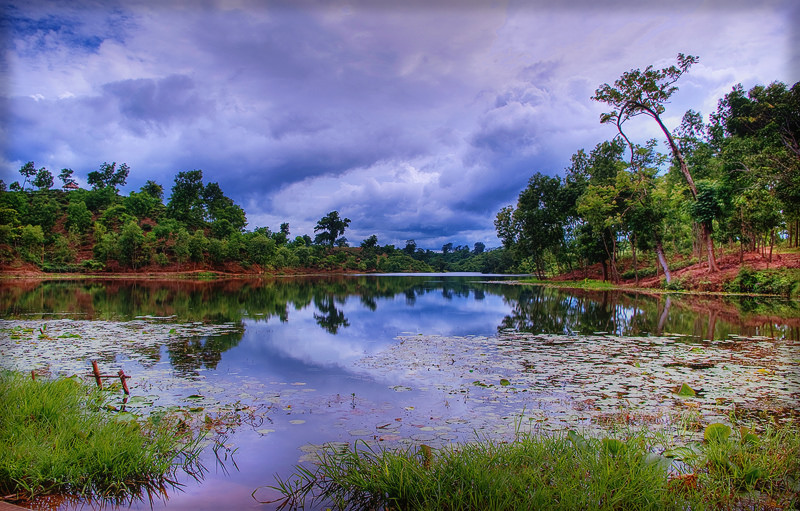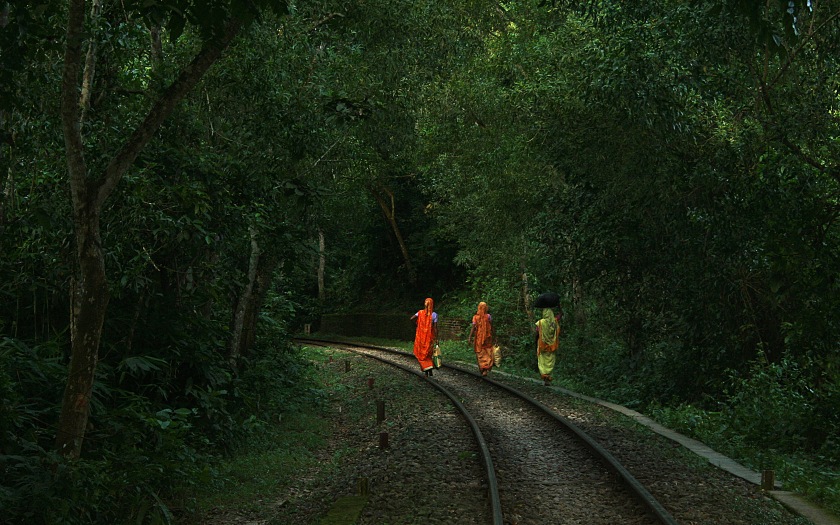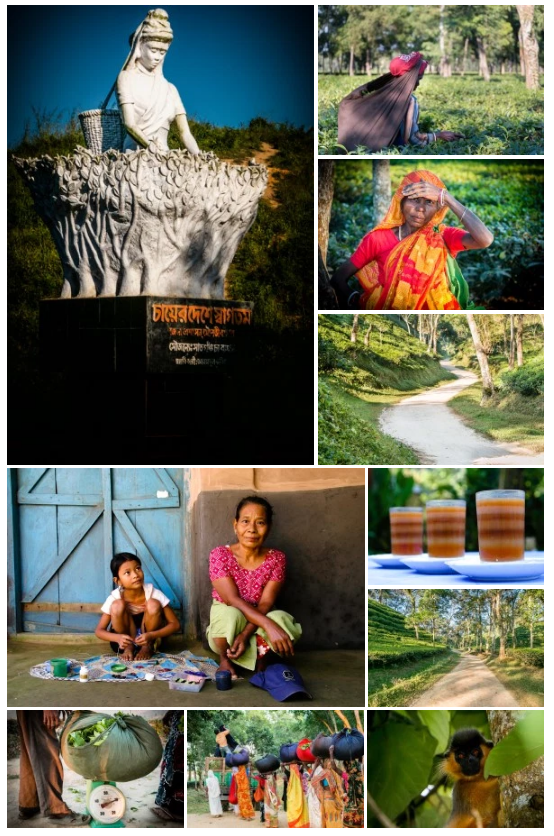
Around 8km east of Sreemangal, on the road to Kamalganj, Lawachara National Park (known to locals as Shaymoli) is a wild and mysterious patch of tropical semi-evergreen forest absolutely crawling with life. Not only is this 1250-hectare park (which forms part of a 2740-hectare protected zone known as the West Bhanugach Reserve) one of the finest wildlife venues in the country, but it’s also one of the easiest to visit. Though the forest may look like a primeval jungle, it has been greatly influenced by the activities of humans, and as recently as 1920 it was managed as a timber-production plantation. Since then the forest has been largely allowed to revert to a natural state, and after years of mismanagement the government has finally got its act together and given the park firm protection, established a number of a visitor walking trails and is in the process of training up ‘eco-guides’.

The undisputed highlight of the park is the critically endangered hoolock gibbon –the subcontinent’s only ape species and one that you have a pretty good chance of seeing crashing through the trees. A further 19 mammal species have been identified including capped langur, the delightful slow loris, orange-bellied Himalayan squirrel and barking deer. The bird-watching here is equally superb and so far some 246 species have been recorded, with the blue-bearded bee-eater and the red-breasted trogon being big stars. Another highlight is the orchids, of which there are more than 20 varieties (the wet season is the best time to see them).
Remember though that this isn’t the open African savanna but a dense forest, and despite the impressive number of animals you would have to put in a good deal of effort to get anything other than a fleeting glimpse. One thing you won’t miss though are the insects, and rather than concentrating on the bigger mammals you will find your visit more rewarding if you focus instead on the bugs and birds. Of these bugs, the most visible are the ropelike columns of aggressive ants, the flamboyant butterflies and, maybe less welcome, the enormous orb spiders (also called banana spiders). You won’t be able to miss these black, red and yellow monsters hanging from Spiderman-sized webs between trees, but don’t worry, they might look like the devil incarnate but they are in fact harmless – or so we’re told!
There are three marked walking trails taking anything from half an hour to three hours, and the visitors center has printed booklets with walking maps and some pointers on things to look out for. You can also hire ‘eco-guides’ from here, but try and chat to them first as many don’t speak much English and have very little real knowledge of the plants and animals contained within the forest.
To access the reserve from Sreemangal, take the paved road east towards Kamalganj. The poorly marked turn-off to your left (north), which is easy to miss, is about 4.75km past the Tea Resort compound and another 2.75km beyond the well-marked turn-off for the Nurjahan and Madabpore tea estates. The dirt road into the forests, which crosses the railroad tracks, is less than 1km long and an easy walk. A bus from Sreemangal costs Tk 10.
Location: Sreemangal, Moulvibazar, Sylhet
ClimateTemp: 10 c to 33 c, Rainfall: 555 cm, Altitude:25 m
How to get there:
You can go from Dhaka to Sreemangal by bus or train service. Daily bus services are available from Dhaka to Sreemangal every hour from Sayedabad and take about 3.5 hours. The forest is located about 12km from the Sreemangal city. From the Sreemangal city, you can hire transport to go to the forest. It will be 20 minutes road drive from Sreemangal Railway Station.
Where to stay:
You will find some good hotels and restaurant at Sylhet and Sreemangal town to stay and have food.
Here is the list of 1 to 3-star hotels nearby Lawachara National Park
Some 5-star resort and hotel in Sreemangal:
Grand Sultan Resort
The Palace Resort
Content: Collected, photos: google, wikipedia





